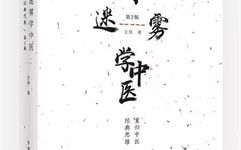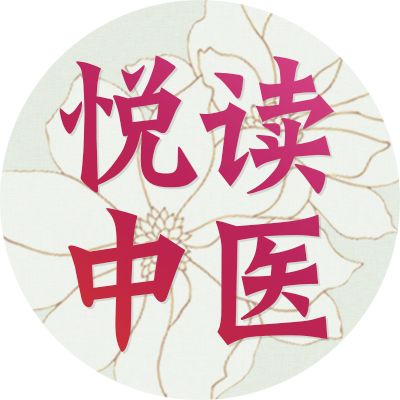


Editor’s Note:
Traditional Chinese Medicine (TCM) emphasizes differentiation of syndromes in treatment. There are several methods of differentiation, including organ differentiation, six meridian differentiation, and the eight principles differentiation. Today, I will introduce one of these methods—the Eight Principles Differentiation, which refers to Yin-Yang, Exterior-Interior, Cold-Heat, and Deficiency-Excess. In fact, the Eight Principles Differentiation is very practical and simple; the key lies in correctly understanding it!


Whether it is six meridian differentiation, organ differentiation, or eight principles differentiation, they are all similar. There is no differentiation method that is superior; it is only the difference in the user. They all point to the same path. Now, I will begin to discuss the true Eight Principles Differentiation. Before I start, I ask the readers to forget the old way of thinking about the Eight Principles that you have learned.
The Eight Principles Differentiation consists of Yin-Yang, Exterior-Interior, Cold-Heat, and Deficiency-Excess, with Yin-Yang being the foremost. However, later interpretations have equated Yang with Exterior, Heat, and Excess, losing the essence of Yin-Yang. Let’s first discuss Yin-Yang.
Distinguishing Yin and Yang through the Cun and Chi Pulses. First, by comparing the Cun (寸) pulse and Chi (尺) pulse, we can differentiate the patient’s Yin and Yang. Cun represents Yang, and Chi represents Yin. The principle states, “When Yang is excessive and Yin is deficient, sweating leads to death; purging leads to recovery. When Yin is excessive and Yang is deficient, sweating leads to recovery; purging leads to death.” When Yang is excessive and Yin is deficient, the Cun pulse is strong and large while the Chi pulse is small; in this case, sweating is not appropriate, and purging is necessary. At this time, Qi is overflowing to the exterior, and treatment should guide Qi downwards and inwards, preventing it from moving outward. The specific purging method should be determined based on the overall pulse, Cun pulse, Guan pulse, and Chi pulse. If the Chi pulse is weak, we can only use methods that gently guide Qi downwards. If the Guan and Chi pulses are very strong, we need to use bitter and cold herbs to clear downwards.
If this condition is analyzed using six meridian differentiation, it corresponds to Yangming or Taiyin disease. The treatment principle for Yangming disease is purging, while for Taiyin disease, it is not to purge but to treat as if purging; both methods are consistent. When Yin is excessive and Yang is deficient, the Cun pulse is small and the Chi pulse is strong; in this case, purging is not appropriate, and sweating is necessary. At this time, Qi is stagnant internally, and treatment should guide Qi outward, preventing it from moving downwards. The specific sweating method should be determined based on the overall pulse, Cun pulse, Guan pulse, and Chi pulse. If the Cun pulse is very deep and the Guan and Chi pulses are strong, we need to use warm and pungent herbs to disperse and open. If the Chi pulse is weak, we cannot forcefully open it. If the Cun pulse is slightly deep, we can gradually use warm and pungent herbs to open it, and the treatment method should depend on the patient’s condition.
If this condition is analyzed using six meridian differentiation, it corresponds to Shaoyin, Jueyin, Shaoyang, or Taiyang diseases. The treatment for these diseases is to guide Qi outward, using methods that either disperse the interior or exterior, warm, or scatter. The specific method to guide Qi outward still depends on the overall condition.
By mastering this treatment principle, knowing when to purge and when to sweat becomes clear, preventing misdirection in treatment that could worsen the condition. The so-called “Pungent and Sweet Transform Yang” means that we observe the Yang Qi through the Cun pulse; pungent and sweet herbs are used together. Pungent herbs guide Qi outward, while sweet herbs are calming, allowing Qi to move outward without causing sweating, thus making the Cun pulse strong and large. However, excessive use of pungent herbs can deplete Qi and weaken the Cun pulse, so they must be used in combination with sweet herbs to transform Yang. The so-called “Sour and Sweet Transform Yin” and “Bitter and Sweet Transform Yin” means that we observe the Yin Qi through the Chi pulse; both sour and bitter can guide Qi inward, paired with sweet herbs to calm, allowing Qi to move inward without causing purging, thus making the Chi pulse strong and large. However, excessive use of bitter herbs can lead to purging, which would weaken the Chi pulse, so they must be used in combination with sour or sweet herbs to transform Yin.
Floating and Sinking Distinguish Exterior and Interior, Slow and Rapid Distinguish Cold and Heat, Pressing and Lifting Distinguish Deficiency and Excess. As long as one diligently studies Zhang Zhongjing’s six meridian differentiation, these principles become easy to understand. The so-called “Floating and Sinking Distinguish Exterior and Interior” means judging the location of the disease through the floating and sinking of the pulse. If it is on the exterior, we choose herbs from the branches and leaves; if it is on the interior, we choose herbs from the roots and stems. “Slow and Rapid Distinguish Cold and Heat” means judging whether the patient has a cold or heat condition through the pulse’s rapidity or slowness. However, the specific use of herbs cannot simply be to treat heat with cold or cold with heat; it must also depend on the specific patient’s deficiency or excess state. Sometimes, we need to use heat to treat heat and cold to treat cold. By assessing the strength or weakness of the pulse, we can determine the patient’s deficiency or excess state. If deficient, we tonify; if excessive, we purge. For tonification, we should use more sweet and calming herbs, while for purging, we should use herbs that move Qi and reduce sweet herbs. In fact, as long as one understands the medical principles through Zhang Zhongjing’s six meridian differentiation, one can easily grasp any differentiation method.


Recommended Books
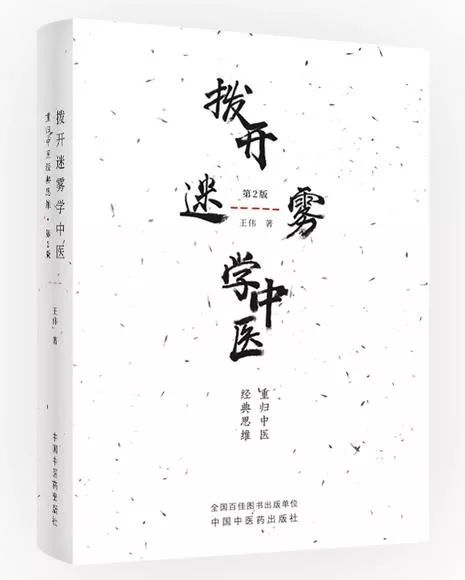
“Clearing the Fog to Learn TCM”
For thousands of years, TCM has followed a principle that reflects the cyclical nature of the four seasons and five movements in the universe, which corresponds to the transmission of Yin and Yang through the six meridians in the human body. This principle is referred to as the “Dao” by ancient scholars. This “Dao” is simple and true, and its essence and application in acupuncture are detailed in various chapters of the “Huangdi Neijing”. The “Shennong Bencao Jing” elaborates on the application of the “Dao” in Chinese herbs, while Zhang Zhongjing’s “Shanghan Lun” discusses the application of the “Dao” in decoction treatments. This book guides readers to clear the fog in their thinking, learn the classic wisdom of TCM, comprehend the Dao of heaven and earth conveyed in the classics, study the most direct and effective six meridian pulse patterns and acupuncture from the “Lingshu”, and find the enlightening feeling akin to awakening from a deep intoxication, discovering the simple and true Dao of heaven and earth.
Scan the QR code
Free trial reading of the recommended article
Electronic Good Books
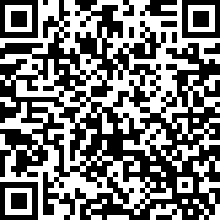


Copyright Statement:
This article is excerpted from “Clearing the Fog to Learn TCM—Returning to Classic TCM Thinking (2nd Edition)” (published by China Traditional Chinese Medicine Press, authored by Wang Wei). The final interpretation rights belong to the original author. Published by Yue Du TCM (WeChat ID: ydzhongyi). The cover image and illustrations in the article are sourced from Shetu Network, and the copyright belongs to the original author. If there is any infringement, please contact for deletion. Unauthorized reproduction is prohibited!

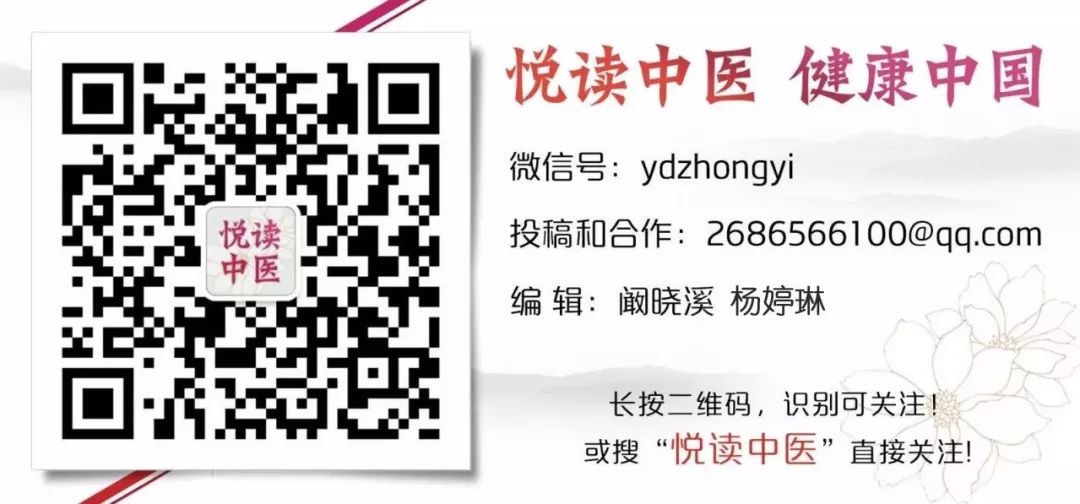
 Click “Read the Original” to immediately purchase the recommended book (both print and electronic versions available~~)
Click “Read the Original” to immediately purchase the recommended book (both print and electronic versions available~~)

